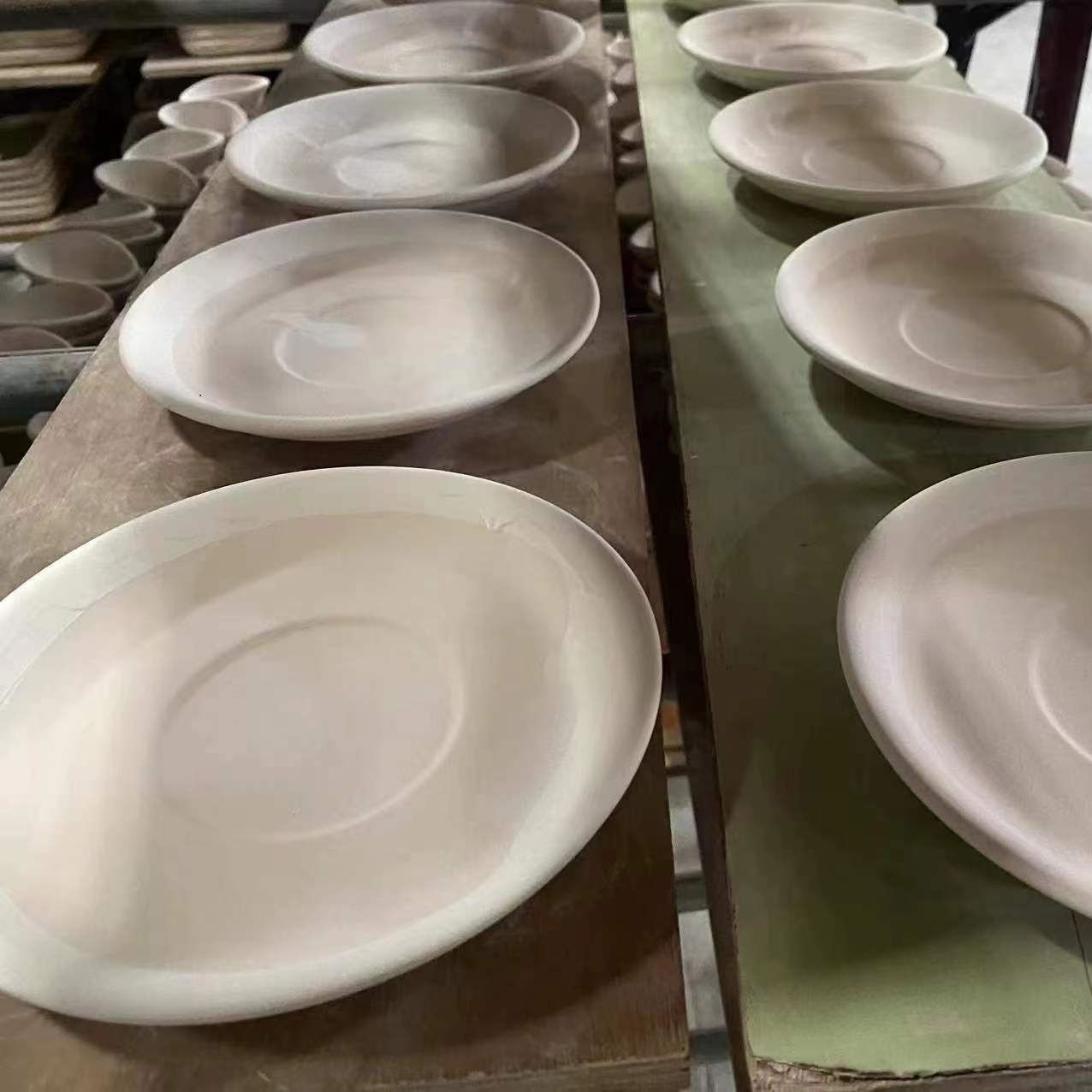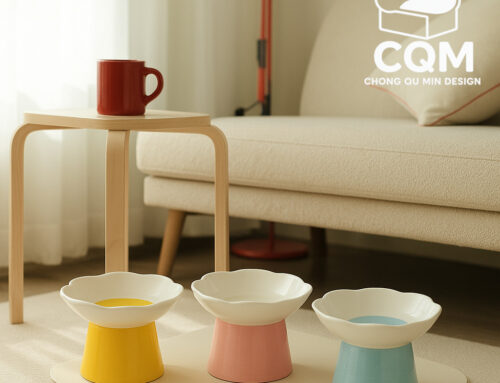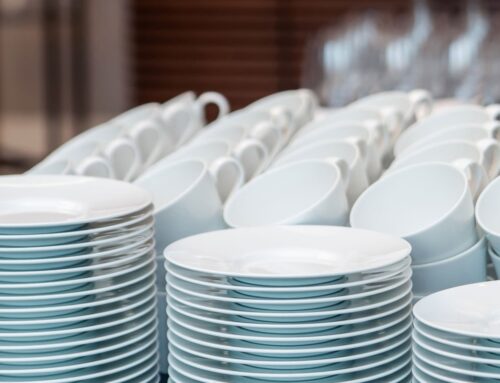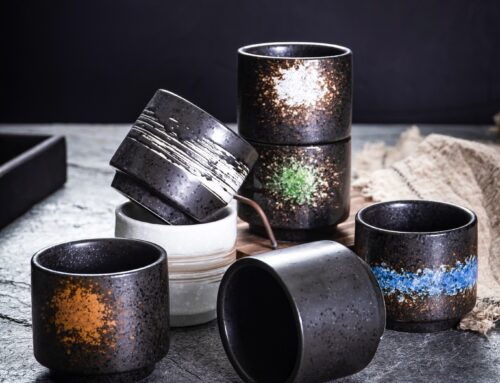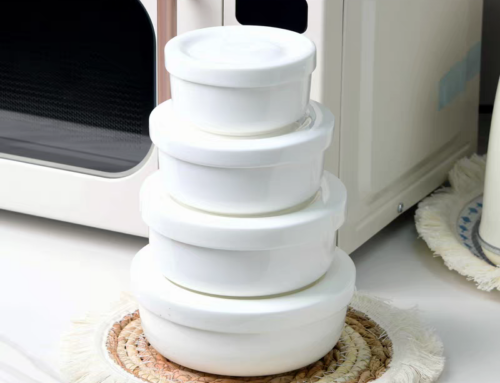Daily ceramic plates are the unsung heroes of kitchenware, blending practicality with artistic charm to transform ordinary meals into moments of beauty. These versatile pieces have earned their place in households worldwide for their durability, aesthetic appeal, and ability to complement any dining occasion—from rushed weekday breakfasts to cozy family dinners.
The Art and Utility of Ceramic Tableware
Ceramic plates have a legacy spanning millennia, with ancient civilizations prizing their durability and decorative potential. Today, daily ceramic plates continue this tradition, offering a non-porous surface that resists stains, odors, and temperature shifts. Whether you prefer rustic stoneware or sleek porcelain, these plates balance functionality with timeless design.
Why Ceramic Plates Are a Kitchen Essential
1. Durability for Everyday Use
Fired at high temperatures, ceramic plates develop a vitreous finish that withstands daily wear. Their resistance to chipping and chemical reactions makes them safer than plastic alternatives, while maintaining food’s natural taste and temperature.
2. Design Versatility
From hand-glazed earth tones to minimalist white designs, ceramic plates cater to every style:
- Rustic charm: Embossed textures and warm, earthy hues
- Modern elegance: Clean lines and monochromatic glazes
- Artisanal uniqueness: Irregular edges and hand-painted motifs
3. Eco-Friendly Choice
Crafted from natural clay, ceramic plates are a sustainable alternative to disposable options. Their longevity reduces waste, while many brands prioritize eco-conscious glazing and ethical production—learn more about sustainable tableware trends on our lifestyle blog. For a deeper dive into global eco-design movements, check out TreeHugger’s guide to sustainable dinnerware.
Craftsmanship Behind Every Plate
The creation of a ceramic plate is a labor of precision:
- Clay Mixing: High-quality clay is blended to ensure consistency.
- Shaping: Artisans use wheels, molds, or hand-building techniques.
- Bisque Firing: A low-temperature fire hardens the clay.
- Glazing: A layer of pigmented glaze is applied for color and protection.
- Final Firing: A high-temperature kiln run vitrifies the material, creating a non-porous finish.
For an in-depth look at traditional ceramic techniques, explore our guide on craftsmanship insights. To see how modern artisans are reimagining the craft, visit Ceramics Monthly for industry trends and artist spotlights.
Styling Tips for Ceramic Plates
Elevate your table setting with these ideas:
- Layered Looks: Mix ceramic plates with chargers or placemats for visual depth.
- Seasonal Themes: Swap between vibrant summer designs and muted winter tones.
- Wall Displays: Turn vintage or artisanal plates into decorative accents.
Discover more styling inspiration in our home decor gallery. For fresh ideas from interior designers, check out Architectural Digest’s tableware styling tips.
Caring for Your Ceramic Collection
To preserve their beauty:
- Washing: Hand-wash with mild soap; most are dishwasher-safe but gentle care prolongs life.
- Temperature Caution: Avoid sudden shifts (e.g., hot plates in cold water) to prevent cracking.
- Storage: Use soft dividers when stacking or display on racks to showcase their design.
For expert advice on repairing minor chips or restoring vintage ceramic pieces, refer to The Spruce’s care guide.
Conclusion: Where Function Meets Art
Daily ceramic plates are more than just dinnerware—they’re a canvas for everyday artistry. Whether you’re drawn to their historical roots, eco-friendly nature, or design versatility, these plates prove that practical items can also be objects of beauty.
Embrace the timeless appeal of ceramic in your kitchen, and let each meal become an opportunity to celebrate craftsmanship. 🍽️
Meta Description (Optimized)
“Explore the durability and design of daily ceramic plates


